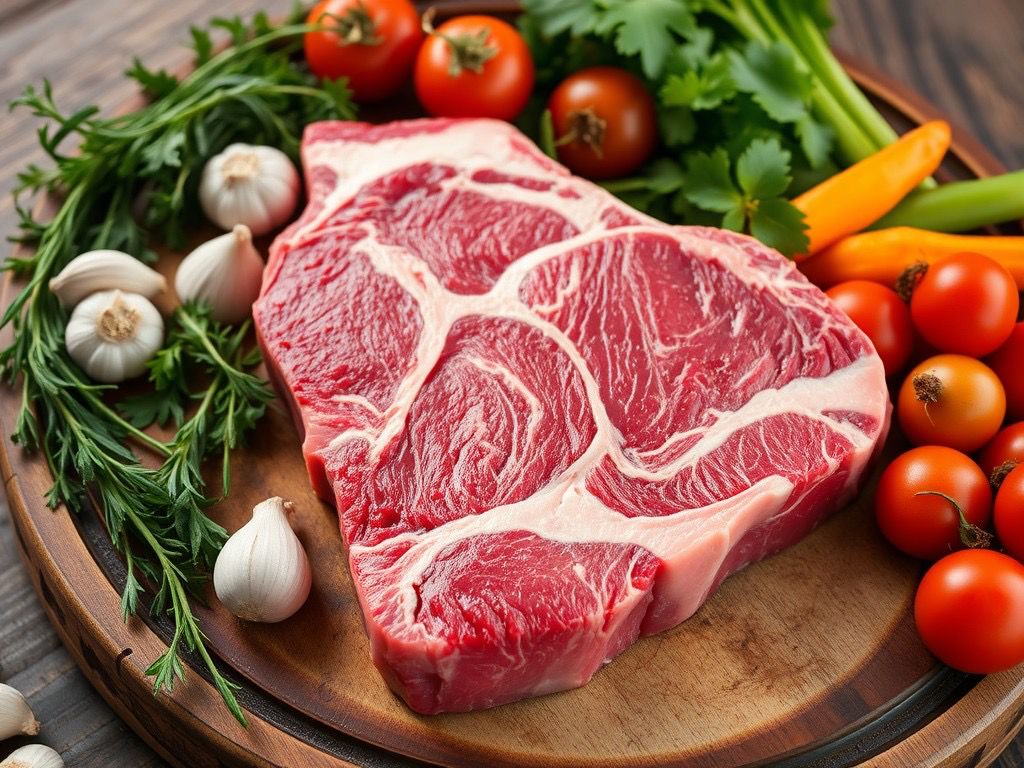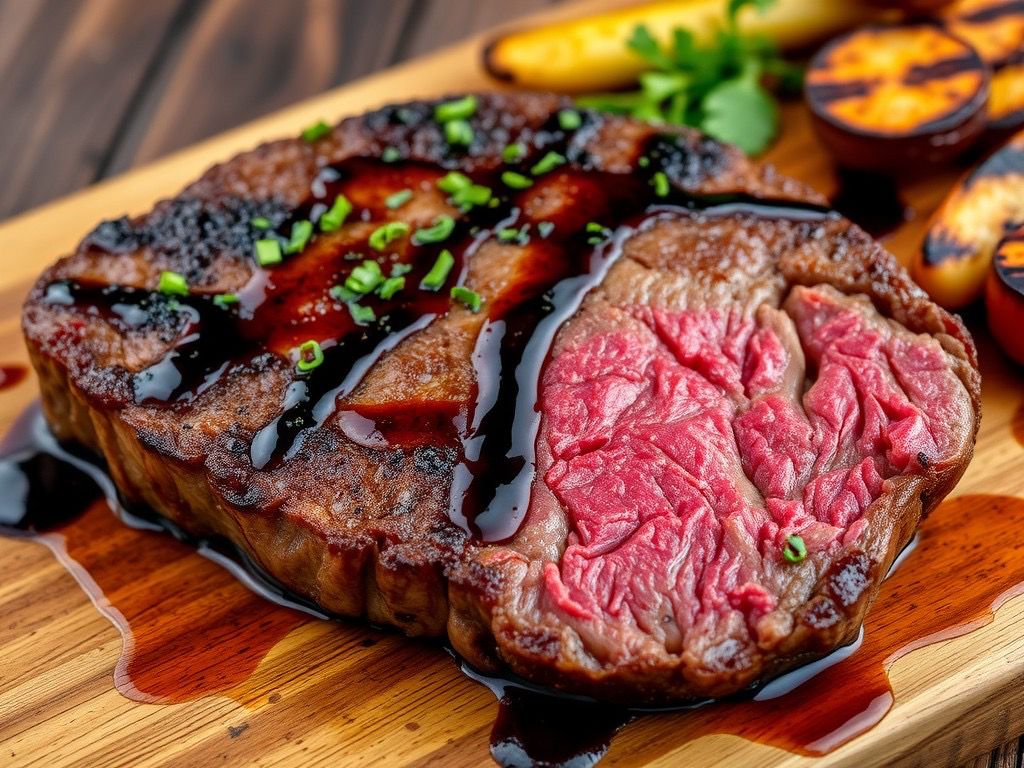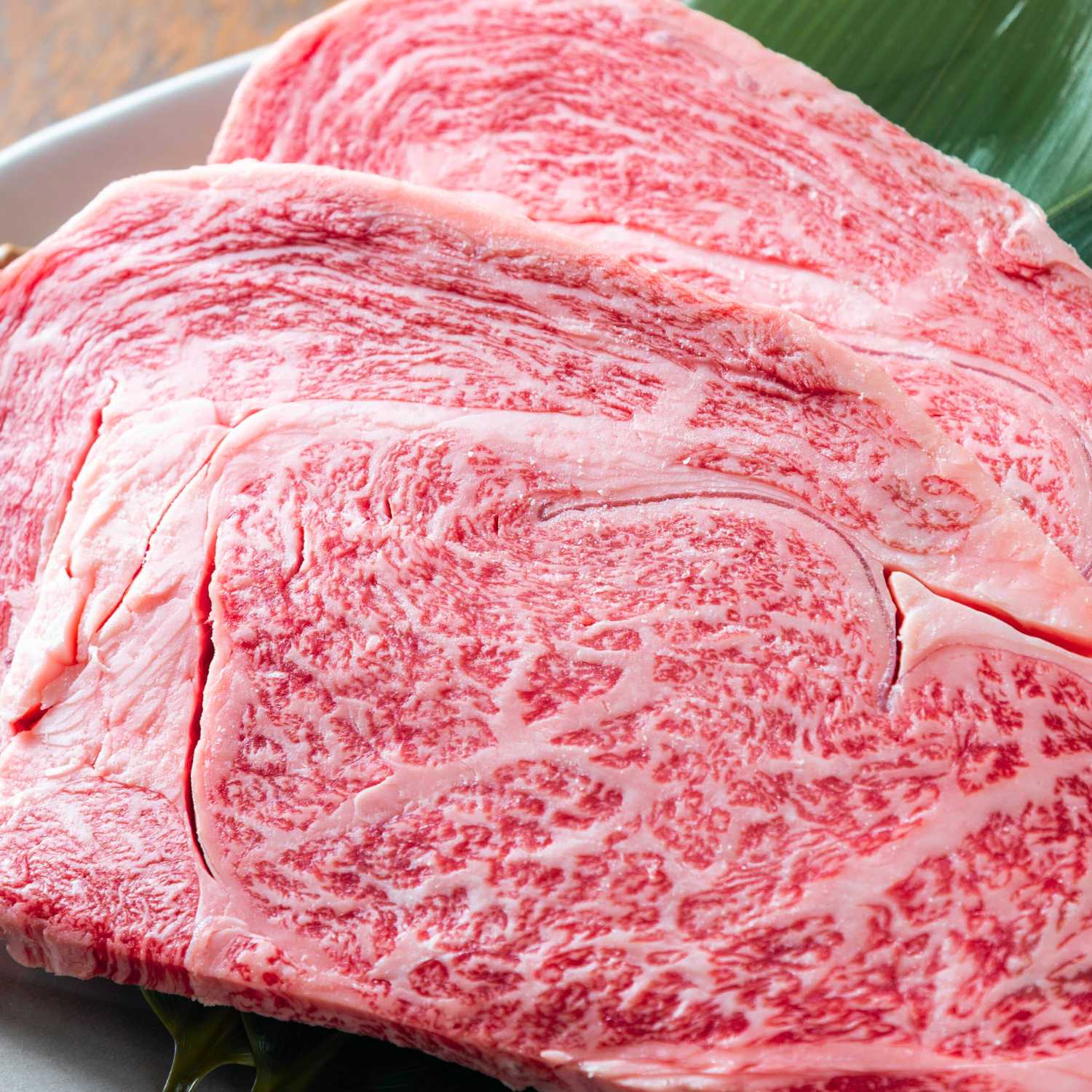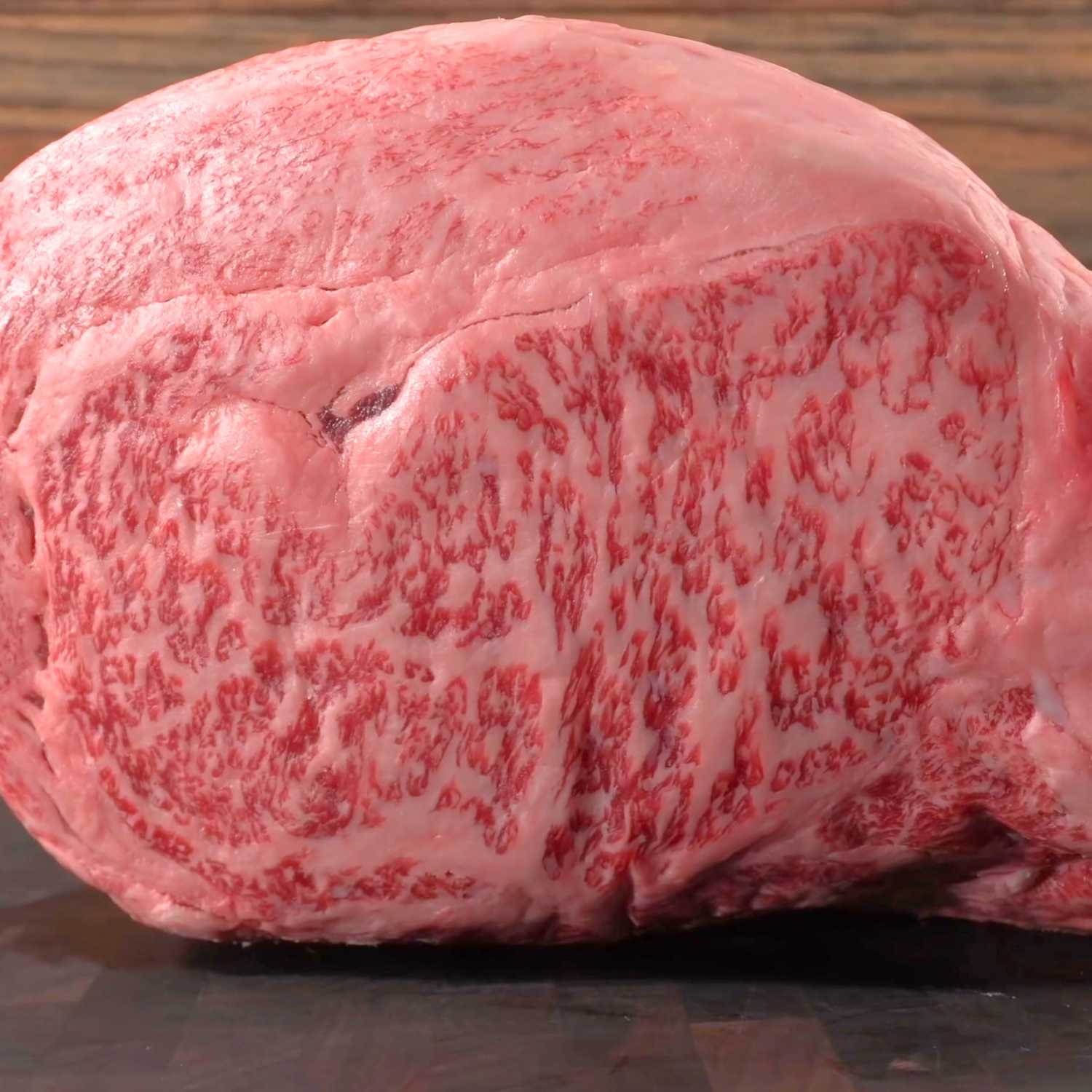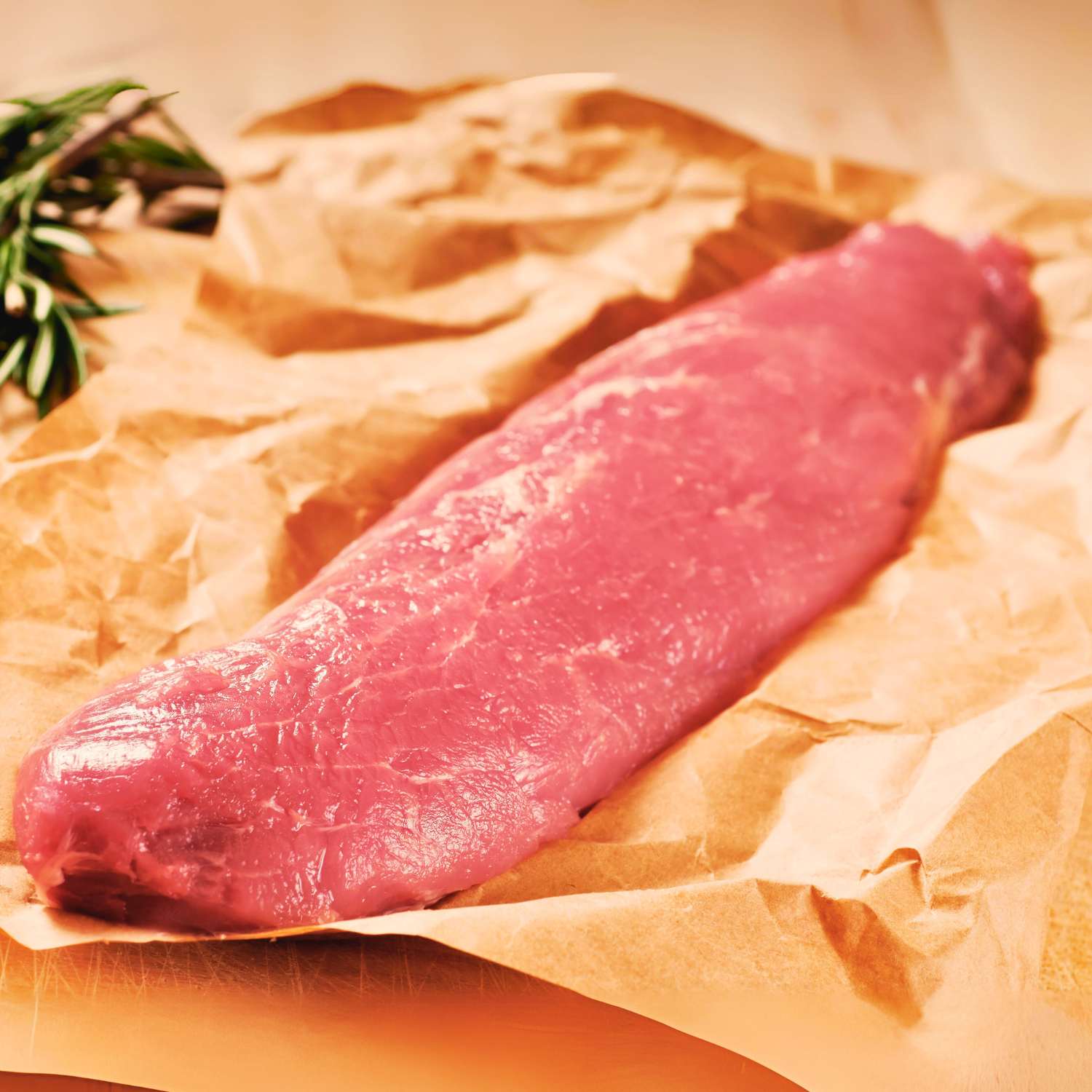Understanding Grass-Fed Roast Beef
The Health Benefits of Grass-Fed Roast Beef
Grass-fed roast beef is not only delicious, it's also packed with health perks. Rich in omega-3s, it can reduce heart disease risks. It's also a great source of vitamins A and E, along with antioxidants. Compared to grain-fed beef, it has fewer calories and more of the good fats we need. For Hong Kong home chefs looking to eat healthy, this makes grass-fed beef an excellent choice. You'll get all the taste you love, with added benefits for your body.

The Difference Between Grass-Fed and Traditional Roast Beef
Grass-fed roast beef differs from traditional beef in several key ways. First, grass-fed cows eat only pasture. This diet impacts the beef's fat content and flavor profile. The beef tends to be leaner with a distinct grassy note. Traditional beef, often 'grain-fed,' is fattier and milder in taste. Hong Kong home chefs should know this. Understanding these differences helps chefs choose and prepare beef that suits their taste and health preferences.
Preparing Grass-Fed Roast Beef
Selecting the Right Cut for Your Roast
To create a stunning grass-fed roast beef meal, selecting the right cut is vital. Look for cuts with a good balance of meat and fat, like the rib eye or sirloin. These provide a tender and flavorful roast. It's important to buy from trusted sources that offer genuine grass-fed beef. In Hong Kong, specific farms and high-end butchers can confirm the origin and quality. Remember, the better the quality of the beef, the less you need to do to bring out its natural taste. Your chosen cut will greatly influence the cooking time and method, so choose wisely for your desired outcome.
The Best Cooking Methods for Grass-Fed Roast Beef
When cooking grass-fed roast beef, it's crucial to adjust for its leaner profile. One effective method is to slow-roast, letting the beef cook gently, preserving moisture and tenderness. Starting at a high temperature (around 230°C) for a brief period, and then reducing to 160°C works well. Another approach is sous-vide, where the beef is vacuum-sealed and cooked in a water bath at a consistent low temperature, followed by a quick sear. Lastly, consider pan-searing followed by oven-roasting for a crusty exterior and juicy interior. These methods can help maintain the beef’s natural flavors while adding to its succulence.
Seasoning and Marinading Tips for Enhancing Flavor
To elevate your grass-fed roast beef, explore classic and creative seasonings. A favorite is a mix of sea salt, black pepper, garlic powder, and rosemary. Don't shy from bold flavors like smoked paprika or cumin for a twist. Marinades enhance too. Try an olive oil base, with lemon juice and herbs, or go East with soy sauce, ginger, and a touch of honey. Marinating for a few hours, or overnight, allows deeper flavor penetration. Additionally, rubs lock in flavors during cooking, creating a crusty, delicious exterior.
Advanced Techniques and Recipes
How to Create a Perfect Roast Beef Dish
Creating the perfect grass-fed roast beef dish involves precision and some cooking finesse. First, let your beef reach room temperature before cooking. This helps it cook evenly. Next, sear the beef on all sides in a hot pan. It locks in the juices. Then, roast it in the oven at a low temperature. This method allows the roast to cook slowly, making it tender. Use a meat thermometer to ensure it's done to your liking. Let it rest for 15 minutes before slicing. This lets the juices redistribute, ensuring a moist and flavorful roast.
Innovative Recipes and Ideas for Grass-Fed Roast Beef
Looking to spruce up your grass-fed roast beef repertoire? Here are some innovative ideas:
- Spice-Rubbed Grass-Fed Roast Beef: Create a Hong Kong-inspired spice rub. Mix five-spice powder with garlic, salt, and a touch of sugar. Rub it on the beef before roasting.
- Grass-Fed Beef with Black Bean Sauce: Slow-cook the roast with homemade black bean sauce. Serve it sliced with steamed rice.
- Sichuan Pepper Grass-Fed Roast: Coat the beef with Sichuan peppercorns and chili oil for a spicy twist. Roast it to your liking.
- Roast Beef and Bok Choy Stir-Fry: Thinly slice leftover roast and stir-fry with bok choy and oyster sauce.
- Dim Sum Style Beef Rolls: Wrap cooked, marinated beef slices in rice noodle sheets. Serve with soy sauce.
These recipes give a local flare to a western classic, perfect for impressing guests or adding variety to family meals.
Tips for Perfectly Cooking Other Meat Cuts
When cooking various meat cuts, each comes with its unique challenge. Here are some tips:
- Select the right temperature: Thinner cuts like flank steak cook well at high heat, quickly. For thicker cuts, like a chuck roast, use low and slow heat.
- Resting is crucial: Allow your meat to rest after cooking. This step redistributes the juices, making the meat tender.
- Consider the cut’s origin: Meats from closer to the bone, like short ribs, benefit from moist cooking methods. This brings out their rich flavors.
These tips can help Hong Kong home chefs achieve succulent results with a variety of cuts, beyond grass-fed roast beef.









